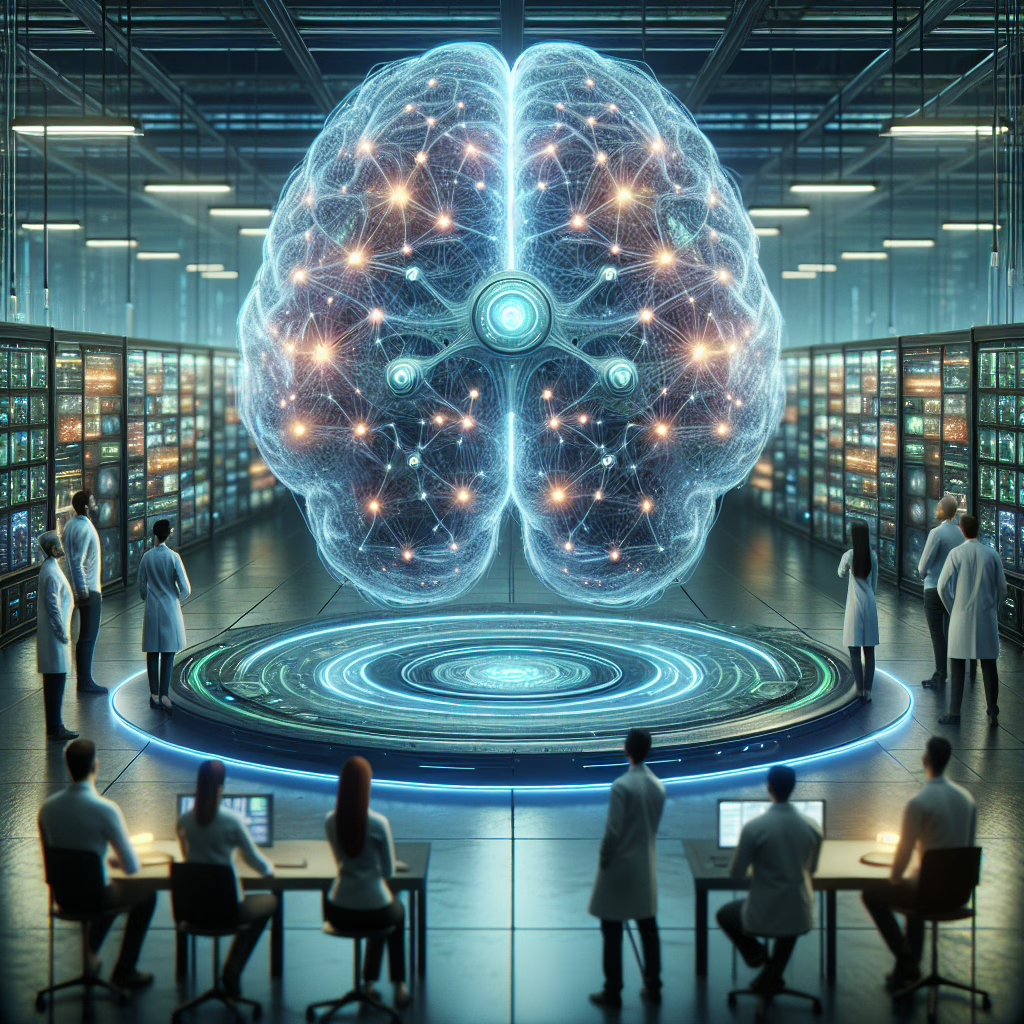Imagine a world where technology mimics the human brain, operating without a traditional operating system or storage. Sounds like a sci-fi movie plot, right? Well, welcome to 2025, where a groundbreaking system has been activated at a US nuclear lab, and it’s not just for show—it’s redefining how we think about artificial intelligence (AI)!
What is This Brain-Inspired System?
This innovative system draws inspiration from the complex architecture of the human brain. Unlike conventional systems that rely on rigid operating systems and bulky storage solutions, this brain-inspired marvel operates on a unique principle: functionality without the fuss! Think of it as the minimalist approach to computing—less clutter, more brainpower.
The goal? To create an AI that processes information in a way that’s more akin to human thought. Yes, this means it can potentially learn and adapt without the need for constant updates or file saving. Imagine an AI that doesn’t require you to press “save” every five minutes!
How Does It Work?
At its core, the system uses neural networks that mimic the interconnected neurons in our brains. Each node in this network operates like a neuron, transmitting signals based on learned experiences. This allows the system to handle tasks with remarkable efficiency—like your brain deciding whether to have cereal or toast for breakfast (a tough decision indeed!).
What’s more impressive is its ability to make decisions based on incomplete data—much like how we humans often do! So, while your standard AI might throw up its virtual hands when faced with ambiguity, this brain-inspired genius thrives on it. No more frozen screens or error messages; it just goes with the flow!
The Benefits of Going Brain-Like
Why should we care about these brain-inspired systems? Let’s break down some benefits:
- Efficiency: These systems can analyze vast amounts of data quickly and efficiently, making them perfect for high-stakes environments like nuclear labs.
- Adaptability: They can adjust their operations based on new information—just like us trying to adapt to that new workout routine (we’ll get there eventually!).
- Lower Resource Consumption: Without a heavy operating system weighing it down, the system uses fewer resources. It’s like switching from a gas-guzzler to a sleek electric car!
The Challenges Ahead
Of course, every rose has its thorns. While this brain-inspired system sounds fantastic, challenges remain. Security is a significant concern; without traditional operating systems, there are new vulnerabilities to consider. It’s like living in a house without doors—great for airflow but not so much for security!
Moreover, integrating such systems into existing infrastructure will take time and careful planning. It’s not just about flipping a switch; it’s akin to trying to replace your favorite coffee machine while still enjoying your morning brew.
The Future of Brain-Inspired AI
The activation of this system at a nuclear lab marks an exciting leap into the future of AI technology. With advancements in brain-inspired computing, we could see applications that extend beyond scientific labs into everyday life. Imagine having personal assistants that understand your whims and preferences as well as your best friend does—or maybe even better!
This technology could lead us toward smarter cities, enhanced healthcare solutions, and perhaps even more intuitive virtual companions that can help us navigate life’s challenges (or remind us to water our plants!).
Your Thoughts?
As we venture into this brave new world of brain-inspired technology, we’d love to hear your thoughts! Do you believe that these systems will transform our lives for the better? Or do you have concerns about AI’s growing capabilities? Share your insights in the comments below!
A special thanks to TechRadar for shedding light on this fascinating topic!

